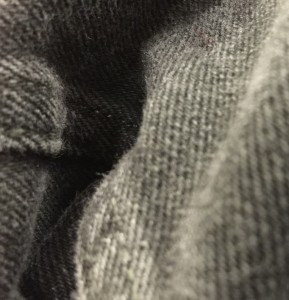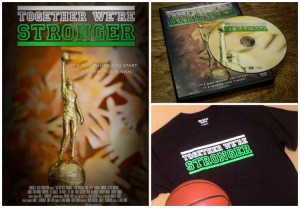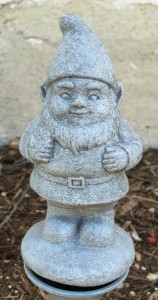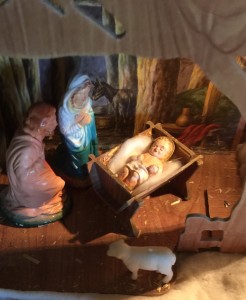An interval of silence interrupted them.
Goofy ran for the door, hammer in hand, and smashed.
Bugs have been with us forever.
“Does this happen often?”
“What? Oh, sorry. Gosh, no. Yes, I mean sometimes. Where were we?”
“The third question: ‘Why do you think you’d be good at this job?’”
“Right, yep. Let me see now. People say I make them laugh.”
“You’re applying for the position of Agile Scrum Master.”
“That’s it. Yep. And I’m agile. I sure am. That’s me.”
To be “agile” is to be able to move quickly. To be an “Agile” leader in software product development is to practice the “Agile methodology” to facilitate a team to exchange information and quickly accomplish certain defined short-term goals. Think of a pack of rugby players pushing, changing and self-organizing to advance the ball. That’s a “scrum” in the parlance of the rugby game. It is fast moving and adaptive and, at the same time, quite a nice mess. The Agile Product Scrum Master manages the development process, sort of like the coach signaling time, calling the players to the side and quickly allowing the exchange of information without slowing the overall progress toward the goal. You know, we’re all enjoying the products of Agile Scrums today. Simply check your phones, pads and computers for the frequent deliveries of new software updates. Those are the products of the scrumming process, the quick development and delivery of new software products, and that’s what the Scrum Master manages so well.
“Mr. Goofy, are you there?”
“Uh? Uh . . . Uh . . .”
“You seem to be thinking?”
“Think . . . Yep, I was watching a scrum – in my mind. About to call time. Get the team together. Exchange some ideas.”
“Excellent, excellent. That’s just what we’re looking for.”
Goofy has been at this for a long time. He first arrived on the scene in 1932, and he had a bunch to learn. First, he had to get younger and lose the beard. In those earlier scrum cartoons, he was foolish and harmlessly eccentric. With time, he started thinking and acting younger and moving faster. He would always be one of Disney’s most loved characters, and he worked to make the transition from black and white, to color cartoons, TV, movies, cable, hand-held gaming and beyond. I like to think of Goofy as strong, resourceful, plucky and goofy.
“Wonderful. We’ll see you Thursday then.”
“Yes and yep. I’ll be there. . . . Hey! I see you!”
Goofy grabbed the hammer, jerked back and launched the missile through the air, smashing with a deafening crash, deep into the drywall.
“Got ‘em that time. Gotta’ be quick with bugs. Ya’ sure do.”
It is estimated that there are 10 quintillion (10,000,000,000,000,000,000) insects on our planet today. That is a bunch of bugs, but nowhere near the number of bugs inhabiting our software at this very moment. Most are harmless and hardly noticed. There are those, though, that can smash a party and send the guests screaming onto stools, and there are those, even worse, who can crash your operating systems with the blue screens of death. Those are the bugs to be dealt with swiftly and effectively by an Agile Scrum Master and his fast-moving Team. That’s what a Scrum does best, and every Scrum needs a good Scrum Master.
“I get it! You are a genius, Mr. Goofy. What a brilliant exhibition of scrumming. You are exactly the dog for the job. You’ve taught me and those old bugs some new tricks today. Yes, Mr. Goofy, you certainly have. We’ll see you Thursday.”
The recruiter ducked under the hammer protruding from the wall and exited with a smile.
“Yep. I always make ‘em laugh.”
[embedyt] http://www.youtube.com/watch?v=9s_7H3HQcH8[/embedyt]




















